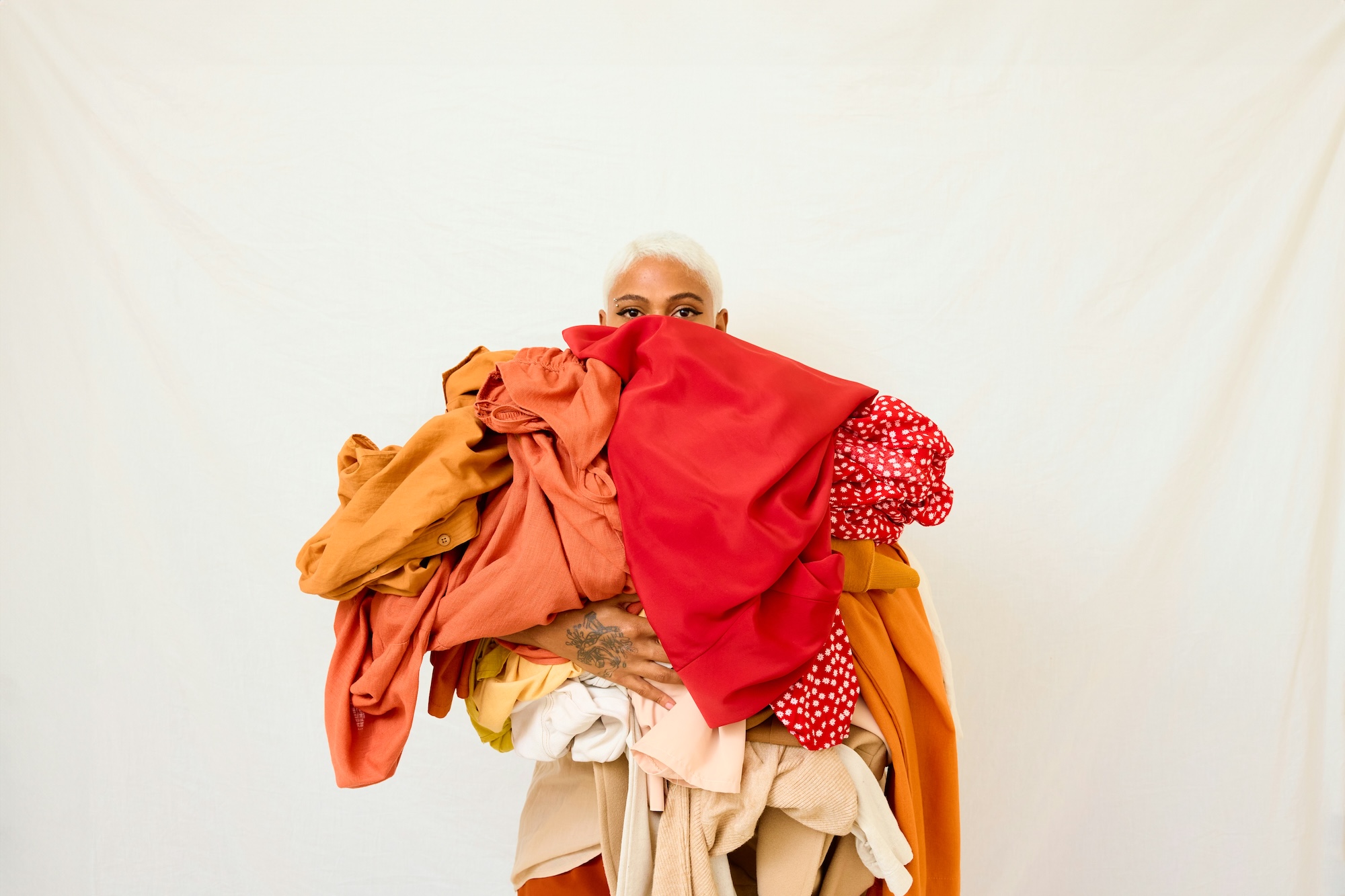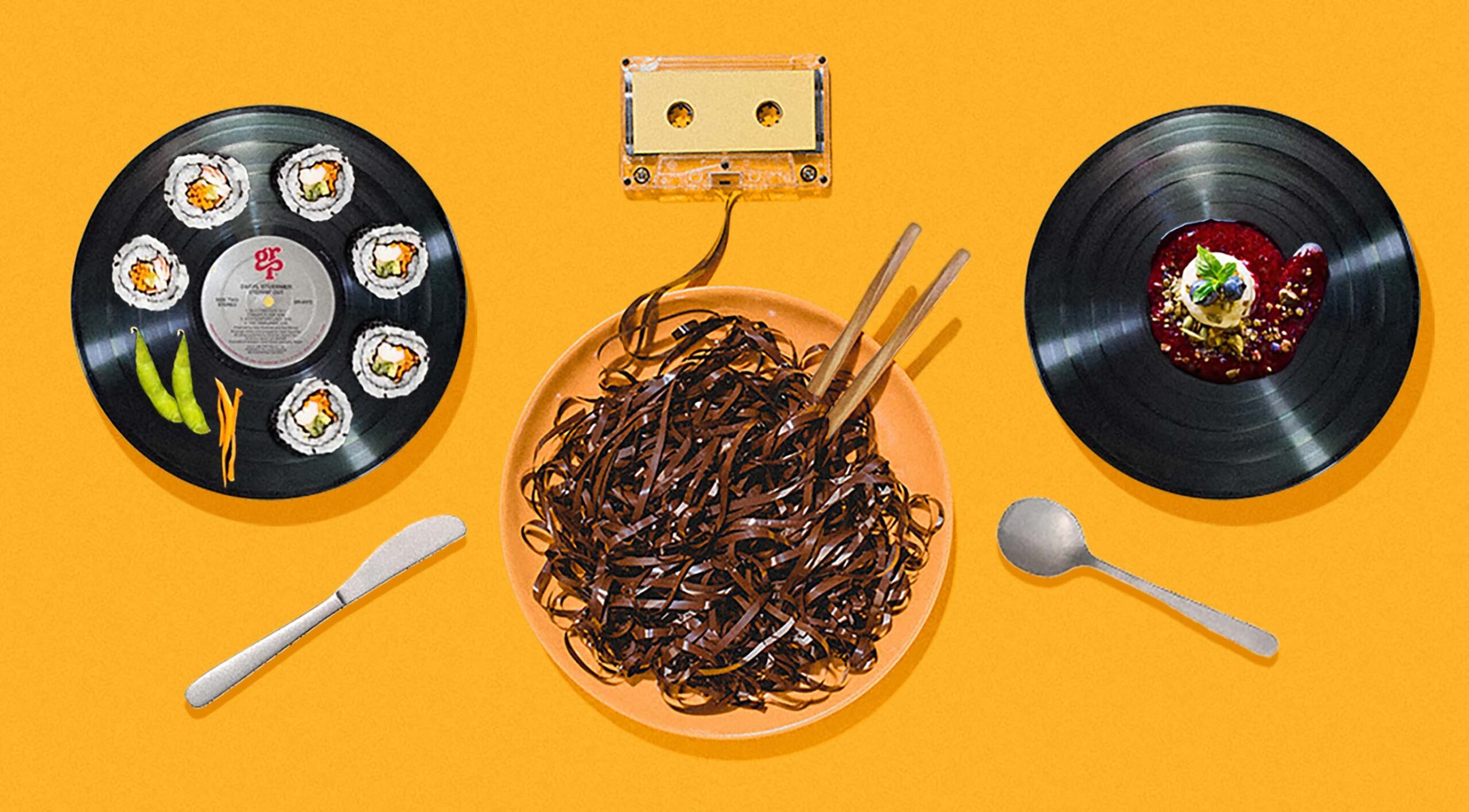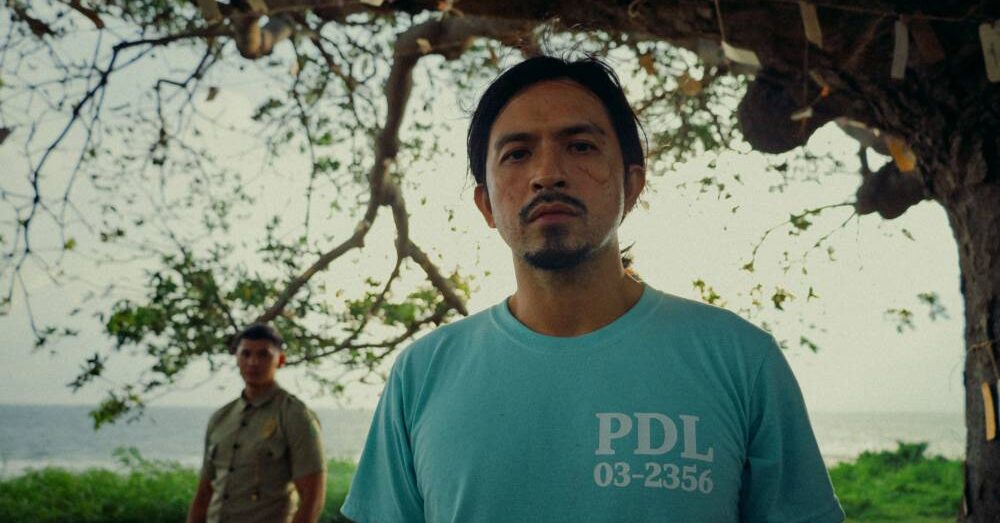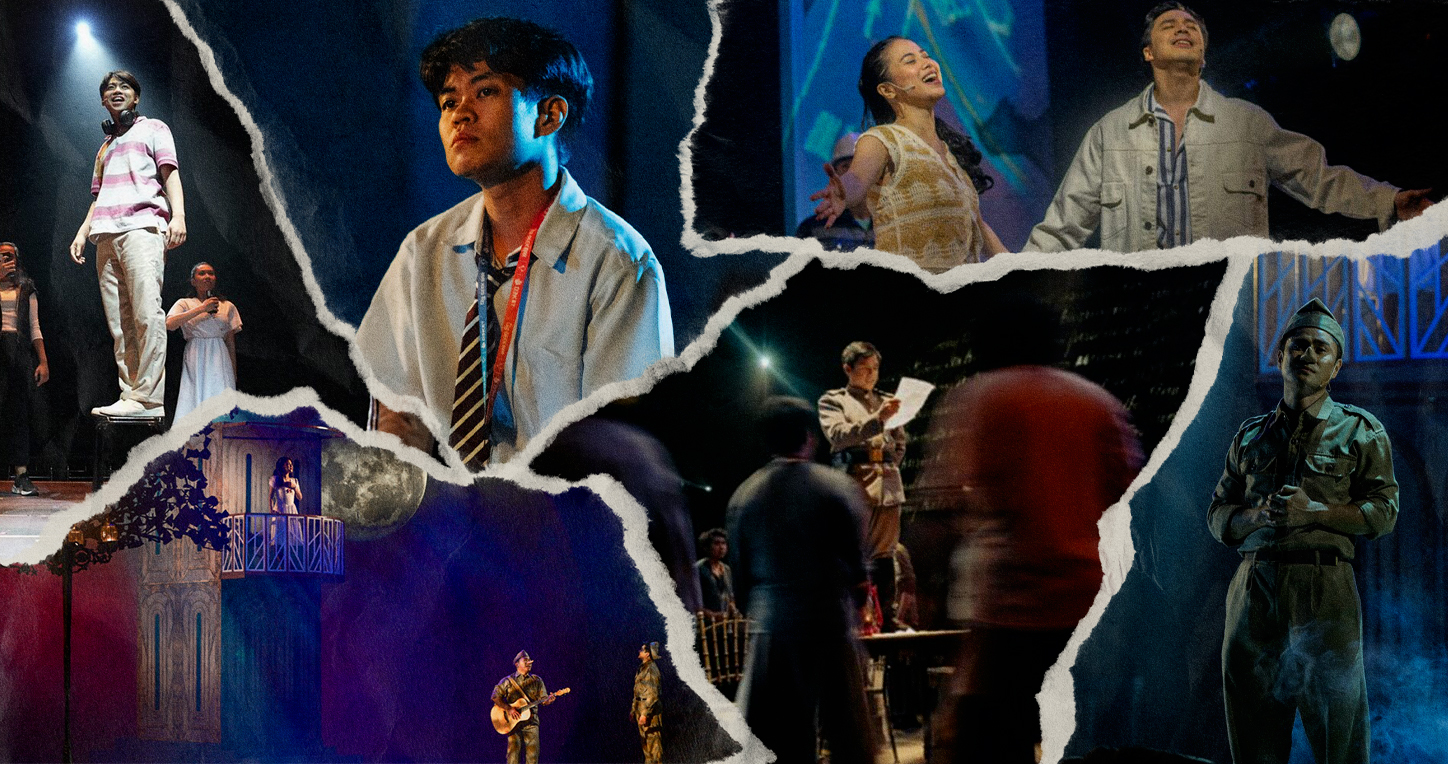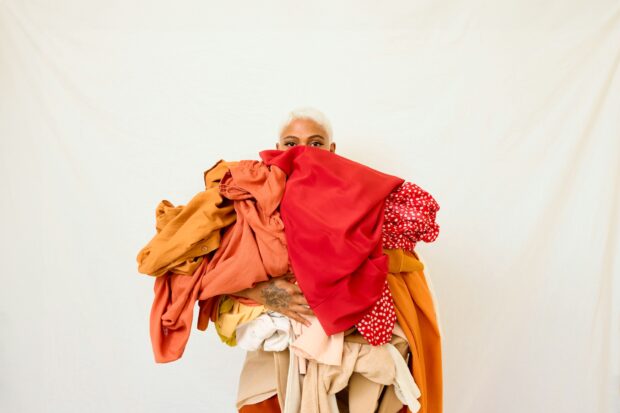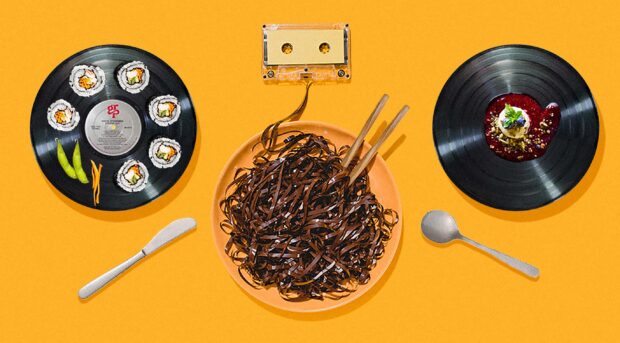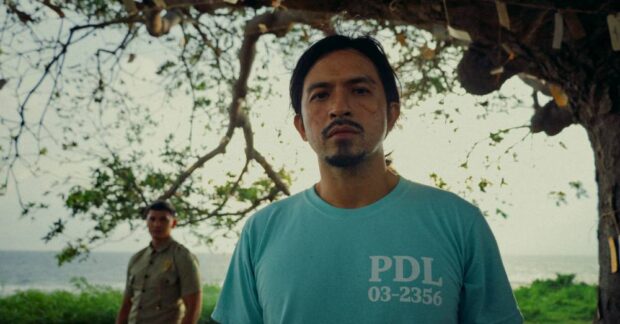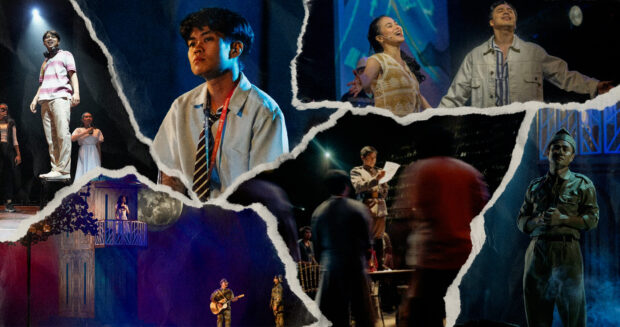A diving enthusiast on our boat taught us a cheap—a little gross, too—method to prevent fogging on the new goggles we had on.
She told us to spit saliva on the lenses and spread it all over.
This we would gladly do, and everything else, for that matter, if only to see for the first time in Donsol, Sorsogon, the whale shark (butanding), the largest fish of the seas—even for just a few seconds.
The odds were not in our favor, said butanding interaction officer (BIO) Darren Castro. It was not yet the peak season, which is from March to May.
Also, the weather wasn’t at its fairest. Clouds hide the sun. The wind was cold and strong.
It was a bumpy ride round and round the area of the bay where the butanding swim near the surface of the water.
For two hours there were false alarms—when BIOs from one boat would spot a butanding, they would signal to the others, who would all race to that spot.
There must be a secret language among the BIOs, because they just know when to go fast or slow, or turn their boats around without shouting and big gestures.
During the false alarms, Castro told us to sit at one side of the boat, hold on to the bamboo floaters, and wait until he counts to three for our cue to get in the water.
Sometimes we would sit for 10-15 minutes; we were luckier than the others who dove early on, only to end up too late for a sighting.
Like a bus
Right as we were returning to the shore to dock, we made one final, lucky detour.
“Sabay-sabay na tayo, sige na,” said Castro, hurrying.
He had a reason. As soon as we were in the water, the butanding was right under us, swimming deeper.
The water was murky because of the plankton, and the day was dim, so it was dangerous to follow the butanding.
“Like a bus!” exclaimed one of my boatmates, who was right beside me in the water.
There are great photos on social media of people in the company of whale sharks, so I brought a GoPro camera with me. Later, the footage showed me desperately swimming as soon as we got off the boat, then a quick pan to the butanding.
All else was just me giggling like a little girl.
But there was no complaining. First, because it must have been more frustrating for the others who did not see the butanding at all. Second, because the seeking out was exhilarating on its own.
“Iisa lang ’yung nakita nating butanding dito at ’yung kanina, pinaglaruan lang tayo,” said Castro. Stories were documented before of BIOs able to identify certain whale sharks.
Wild, unpredictable
He referred to an orientation video we had watched, reminding us that butanding sightings were not guaranteed because these are wild, unpredictable animals.
It is an asset of a trait, if the Donsol folk are asked. The butanding experience would be more authentic and the memory precious.
We were at sea to look at part of a tourist industry which is at the heart of a partnership between the World Wildlife Fund (WWF) and cruising giant Royal Caribbean Cruises Ltd. (RCL).
The worldwide attention and excitement of catching a glimpse of the butanding turned the impoverished town of Donsol into a progressive beacon of sustainable tourism in the Philippines.
“The WWF’s mission is to save the planet, and we would like to be a part of that,” said RCL chair and CEO Richard Fain. “[Donsol] is a symbolic place. It could have been just about any place, but Joel is a very strong salesperson.”
He was referring to Joel Palma, president and CEO of WWF Philippines, who showed RCL the rich environment in Donsol, from the rivers to the butanding, to the coral reefs farther away.
“All this really started in 1998, with a report in the office that there were whale sharks in Donsol. At the same time we were working in Central Visayas where they were slaughtering whale sharks,” recalled Palma.
The butanding have been treated with tolerance in Donsol.
First whale sanctuary
That same year, the town became the first whale shark sanctuary in the Philippines.
In 2002, whale shark watching listed only 900 tourists. They would board fishing boats from the public market.
Now, the count hits 25,000 a year. Donsol has a good port with concrete roads leading to it, more comfortable boats (which serve as fishing boats in the off-season) and the town’s fisherfolk trained as BIOs.
In Donsol, Palma said, residents are aware of the need for a delicate balance in nature.
The BIOs safeguard the rules of engagement. You cannot touch or feed the butanding and must keep a safe distance from them. You cannot make loud noises or plunge into the water. You cannot use flash photography.
The prohibition on feeding and touching is enforced so strictly that any violation could send you back to the boat.
The method for spotting butanding in Donsol is not high-tech. While Australians use helicopters, it takes a BIO’s trained eye to spot one. This natural process is apparently more sustainable and apt, and more exciting.
The rivers are protected because they nourish the plankton feeding the 18-meter-long gentle giants.
Ogod River gets the attention now for making Donsol a day-to-night destination, thanks to a firefly tour. Trees light up like Christmas trees, with thousands swarming them.
The presence of fireflies, said tour guide Bernard Abitria, indicates the freshness of the air. The view should really be experienced with one’s eyes because cameras just won’t do it justice.
Palma said the tourism program is the result of an effective collaboration among the WWF, the community and the local government, but it’s still a “work in progress” that needs more partners.
The new goggles and fins we used were provided for by the five-year partnership between WWF and RCL—seemingly a small provision, yet much needed considering that Castro and many of the 60 BIO teams had been using fins held together only by plastic straws or wires.
RCL will also sponsor WWF research on the productivity of the whale sharks in Donsol, which has been officially identified as a butanding breeding site.
In the past eight years, Palma noted, the WWF has identified 469 individual whale sharks, including the world’s smallest at 23 centimeters long.
RCL donated a Donsol Youth Environmental Education Project, or Dyeep—an actual jeepney that will go around Donsol, manned by people who will conduct an intense one-year environmental awareness program among the youth.
Reminder
Carter Roberts, WWF USA president and CEO, said the partnership is “a reminder that the world has traditionally been biased for land-based conservation over ocean-based conservation.”
He explained: “The threats that are facing the ocean are greater than ever—in the last 30 years, some ocean wildlife populations have declined by nearly 50 percent.”
Fain pointed out that the commitment is a thank-you gesture to the 11,000 Filipinos in the RCL staff, the highest number of a single nationality working in the cruise liner.
It caps RCL’s “Yolanda” aid program, which funneled up to P70 million to supertyphoon relief and recovery efforts in the Visayas and set aside P10 million for a long-term project.
RCL has also committed to two major operational adjustments. First, it will reduce its greenhouse gas emissions by 35 percent by 2020. Second, it will source most of its wild-caught and farmed seafood from parties upholding sustainable fisheries. WWF USA will monitor their outcomes.
Fain added that RCL has likewise pledged to espouse ocean conservation among its five million guests yearly: “Essentially they’re seeing the ocean … and so it’s a wonderful opportunity to recruit each and every one of them to join this never-ending effort to try and do better.”
Environmental sustainability has become a guiding principle in the cruising industry, Fain noted. Some of RCL’s 43 ships, for instance, have an advanced waste-water purification system and have reduced their waste materials to zero.
The Donsol project, it is hoped, will presage greater RCL presence in the Philippines, especially since the cruising industry derives most of its annual 4-5 percent growth from Asia.
“I think we go to some 400 ports in the world and we’re constantly looking into more ports, and we are talking to the Philippine government: Are there opportunities to expand port facilities and others?” Fain pointed out. “As we’re expanding the business, it gives us the opportunity to go to places which are physically a little farther away, and that includes the Philippines.”
Targeting to increase manpower from 65,000 to 100,000 by 2020, RCL wants to increase the number of its Filipino employees from the current 11,000 to 30,000.
Fain said Filipinos keep “conveying pleasure and happiness, and they’re infectious… They like working with us, too.”
The truth is, they’re as gentle and sturdy as the butanding.


